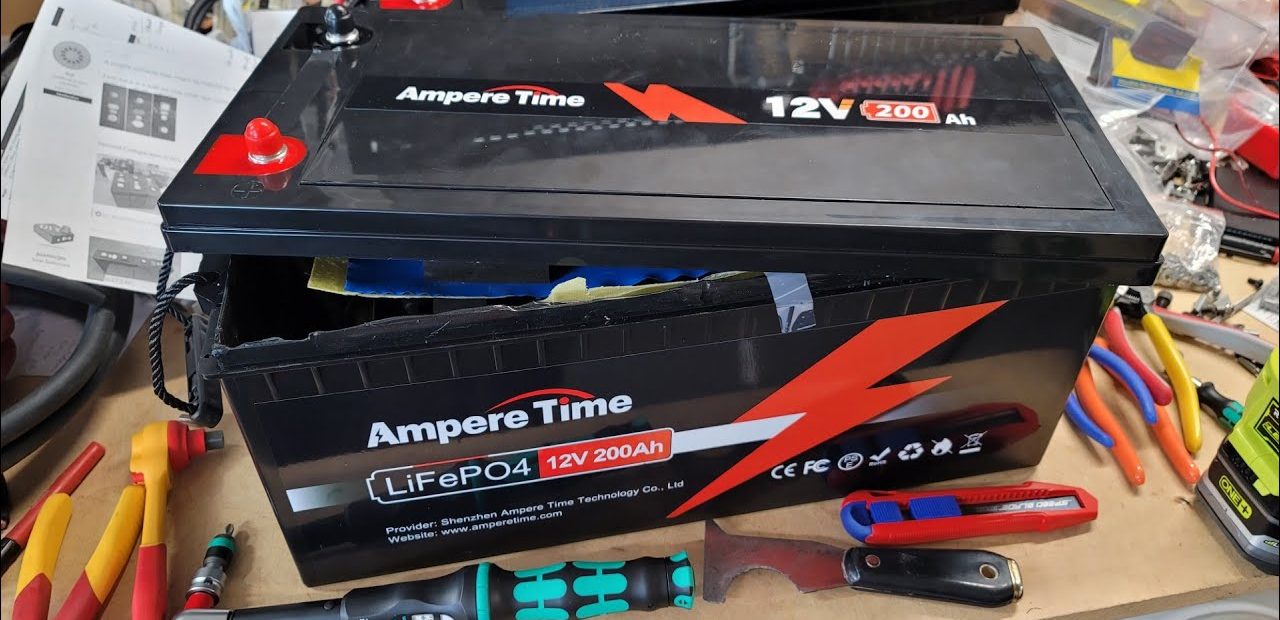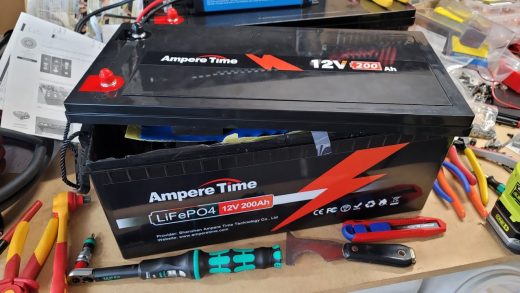The Power of Ampere Time: Unveiling the Hidden Dynamics of Electrical Current
Introduction
In the ever-evolving world of electronics and electrical engineering, understanding the fundamental concepts that govern the flow of electricity is paramount. One such concept that plays a crucial role in this domain is “Ampere Time.” In this article, we will delve into the depths of Ampere Time, exploring what it is, how it is calculated, and its significance in the world of electrical engineering.
What is Ampere Time?
Ampere Time, often denoted as At, is a measure of electric charge over time. It is a fundamental concept used to quantify the flow of electric current through a circuit. To put it simply, Ampere Time is a measure of the quantity of electricity (in terms of charge) that has passed through a conductor in a specific period of time.
Understanding the Equation
The equation for calculating Ampere Time is straightforward:
��=�⋅�
At=I⋅t
Where:
- At represents Ampere Time (A·s)
- I is the electric current in Amperes (A)
- t is the time in seconds (s)
This equation tells us that Ampere Time is directly proportional to both the electric current and the time for which the current flows. In essence, the larger the current or the longer it flows, the greater the Ampere Time.
Significance in Electrical Engineering
Ampere Time is a critical concept in electrical engineering for several reasons:
- Energy Consumption: When you pay your electricity bill, it is essentially a charge for the Ampere Time your household appliances have consumed. Understanding Ampere Time helps consumers and utility providers measure and manage electricity usage effectively.
- Circuit Design: Electrical engineers use Ampere Time to design circuits that can handle specific current loads over a given period. This is essential for ensuring the safety and reliability of electrical systems.
- Battery Capacity: Ampere Time is used to measure the capacity of batteries. It tells us how long a battery can provide a certain current before it is depleted. This is crucial in various applications, from smartphones to electric vehicles.
- Electroplating and Chemical Processes: Industries that rely on electroplating and chemical processes use Ampere Time to control and monitor the deposition of metals or chemicals, ensuring precision and efficiency.
- Electricity Pricing: Utility companies use Ampere Time to determine electricity pricing for commercial and industrial customers, who often pay based on both the consumed energy (kWh) and the demand (Ampere Time) during peak hours.
Practical Example
Let’s consider a practical example to illustrate the concept of Ampere Time. Imagine you have a 100-watt light bulb (which draws a current of approximately 0.83 Amperes) turned on for 2 hours. To calculate the Ampere Time, we use the formula:
��=�⋅�
At=I⋅t
��=0.83�⋅7200�=5986.4�⋅�
At=0.83A⋅7200s=5986.4A⋅s
So, the Ampere Time for the 100-watt light bulb running for 2 hours is 5986.4 A·s, or approximately 1.66 Ampere Hours (Ah).
Conclusion
Ampere Time, denoted as At, is a fundamental concept in electrical engineering that quantifies the flow of electric current over time. Understanding Ampere Time is crucial for various applications, including energy management, circuit design, battery capacity measurement, and industrial processes. As we continue to rely on electricity for countless aspects of modern life, the concept of Ampere Time remains at the heart of our ability to harness and control electrical power efficiently.













